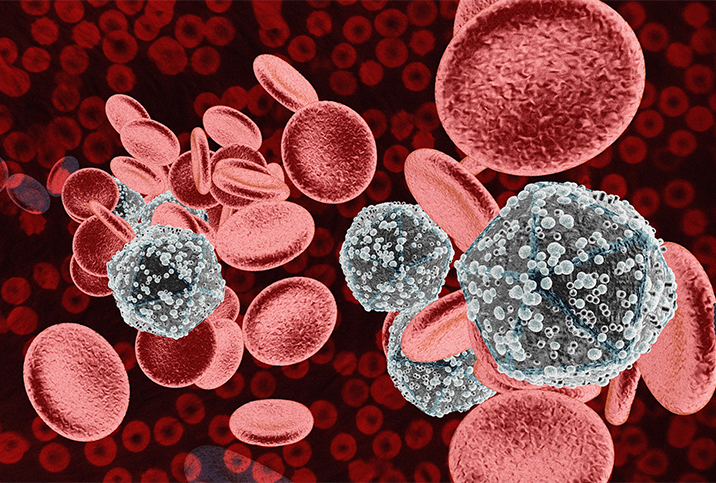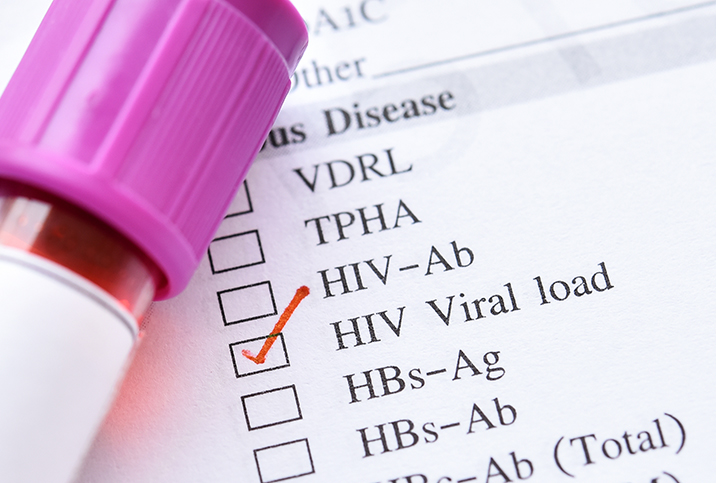More Virulent HIV Strain Discovered, Mostly in Netherlands

A variant of the human immunodeficiency virus (HIV) that progresses more quickly than previous strains to serious illness and may be more infectious has been circulating in the Netherlands since at least the 1990s, according to new research published in the journal Science.
Researchers have confirmed 109 cases of the variant, dubbed the VB variant, but say there is no cause for panic since it can be just as easily treated as previous strains, and has slowed down since 2010.
The study found that people with the VB variant experienced CD4+T cell decline at twice the rate of previous strains. CD4+T cell decline is a mark of immune system damage by HIV. This means that people who contract the VB variant may progress to AIDS faster.
"By the time they were diagnosed, these individuals were vulnerable to developing AIDS within two to three years," study authors wrote.
Without treatment, researchers expect critically low CD4 cell counts and subsequent "long-term clinical consequences" to occur, on average, nine months after diagnosis for patients in their 30s.
Additionally, researchers found that the VB variant carries a viral load 3.5 to 5.5 times higher than previous strains, indicating that it could be more infectious.
Fortunately, VB has shown no indications that it is treatment-resistant, meaning that existing medications will still work as expected.
"Nobody should be alarmed," Chris Wymant, the study's lead researcher, told NPR. "It responds exactly as well to treatment as HIV normally does."
Wymant, senior researcher at the Big Data Institute at the University of Oxford, first began to investigate the situation in 2018, after noticing anomalous data from BEEHIVE, a project that collects and analyzes data about HIV from Europe and Uganda. Wymant noticed a cluster of 17 samples from BEEHIVE with a lot of unusual mutations, 15 of which came from the Netherlands.
Wymant et al. then looked into more extensive Dutch research, which led them to discover cases of VB as early as 1992, meaning that the variant likely arose in the late 1980s. VB then increased in prevalence around 2000, and began to taper off around 2010. Researchers believe the variant slowed even before its detection because of access to testing in the area.
"The public health intervention that's been rolled out and expanded in the Netherlands over the last decade or so—improving access to treatments, getting people tested as soon as possible, getting them onto treatment as soon as possible—has helped reduce the numbers of this variant, even though we didn't know that it existed," Wymant said.
However, HIV is a retrovirus, meaning it carries single-stranded RNA as its genetic material rather than double-stranded DNA, making it more prone to errors in replication—effectively, more prone to mutating. The key to slowing viral evolution is rapid treatment. In countries like the Netherlands, Wymant said, the key to managing such a phenomenon is to "do more of what we're already doing." Places with less access to testing and rapid treatment will be more susceptible.




















